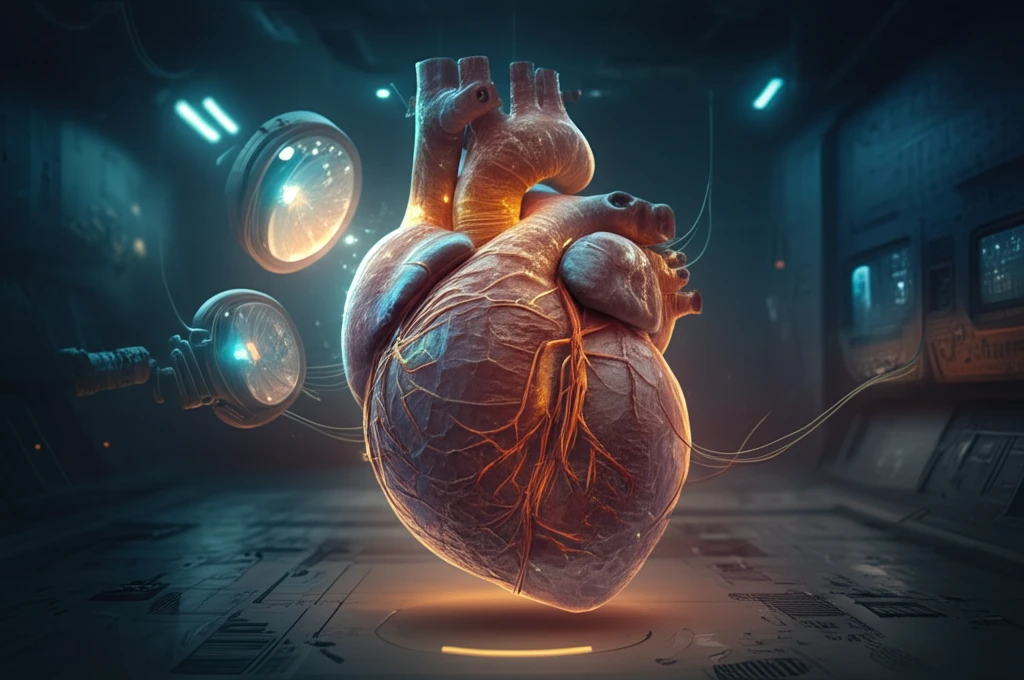
Heartbeat Revolution: How Cutting-Edge Tech is Making Heart Models Faster and More Accurate
"Unveiling the next-generation of heart modeling: Tetrahedral mesh generation speeds up digital heart design, paving the way for personalized medicine."
Imagine designing a perfect replica of a human heart, not from flesh and blood, but from digital code. This isn't science fiction; it's the cutting edge of medical technology, and it's getting a whole lot faster. At the heart of this revolution is a process called tetrahedral mesh generation, a technique that transforms complex shapes into manageable digital models.
For years, scientists and doctors have relied on computer models of the heart to understand how it works, predict how it might fail, and even plan surgeries. However, creating these models has always been a slow and painstaking process, often requiring powerful computers and hours of processing time. But what if we could speed things up? What if we could create detailed, accurate heart models in a fraction of the time? That's the promise of new research into fast tetrahedral mesh generation.
This article explores how researchers are revolutionizing the way we create digital heart models, making them more accessible and useful for a wide range of applications. From understanding the electrical signals that control our heartbeats to developing personalized treatments for heart disease, faster heart modeling is set to change the future of cardiac medicine.
Why Fast Heart Models Matter: The Future of Cardiac Care

Creating a digital heart isn't just about making a pretty picture; it's about unlocking a deeper understanding of one of the most complex organs in the human body. Here's why faster, more accurate heart models are essential:
- Understanding Heart Function: Detailed models allow researchers to simulate the electrical and mechanical activity of the heart, helping them understand how it functions in both healthy and diseased states.
- Predicting Heart Problems: By creating models of individual patients' hearts, doctors can predict who is at risk of developing heart problems like arrhythmias or heart failure.
- Planning Surgeries: Surgeons can use models to plan complex procedures, such as valve replacements or bypass surgeries, improving the chances of a successful outcome.
- Developing New Treatments: Heart models can be used to test new drugs and therapies, accelerating the development of more effective treatments for heart disease.
- Personalized Medicine: Creating personalized heart models is now possible and it allows doctors to tailor treatments to the specific needs of each patient.
The Future is Digital: Faster Heart Models for a Healthier Tomorrow
The advances in tetrahedral mesh generation represent a significant step forward in the field of cardiac medicine. By making it faster and easier to create detailed, accurate heart models, researchers are paving the way for a future where personalized treatments and preventative care are the norm. As computing power continues to increase and algorithms become more sophisticated, we can expect even more breakthroughs in heart modeling, leading to longer, healthier lives for millions of people.
